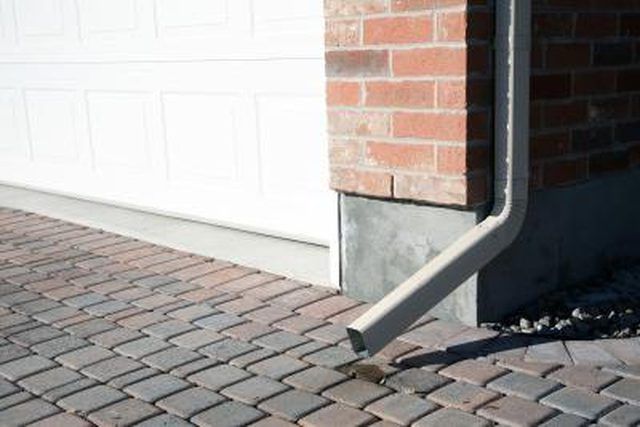Bulbs
Flower Basics
Flower Beds & Specialty Gardens
Flower Garden
Garden Furniture
Garden Gnomes
Garden Seeds
Garden Sheds
Garden Statues
Garden Tools & Supplies
Gardening Basics
Green & Organic
Groundcovers & Vines
Growing Annuals
Growing Basil
Growing Beans
Growing Berries
Growing Blueberries
Growing Cactus
Growing Corn
Growing Cotton
Growing Edibles
Growing Flowers
Growing Garlic
Growing Grapes
Growing Grass
Growing Herbs
Growing Jasmine
Growing Mint
Growing Mushrooms
Orchids
Growing Peanuts
Growing Perennials
Growing Plants
Growing Rosemary
Growing Roses
Growing Strawberries
Growing Sunflowers
Growing Thyme
Growing Tomatoes
Growing Tulips
Growing Vegetables
Herb Basics
Herb Garden
Indoor Growing
Landscaping Basics
Landscaping Patios
Landscaping Plants
Landscaping Shrubs
Landscaping Trees
Landscaping Walks & Pathways
Lawn Basics
Lawn Maintenance
Lawn Mowers
Lawn Ornaments
Lawn Planting
Lawn Tools
Outdoor Growing
Overall Landscape Planning
Pests, Weeds & Problems
Plant Basics
Rock Garden
Rose Garden
Shrubs
Soil
Specialty Gardens
Trees
Vegetable Garden
Yard Maintenance
How to Winterize a Rain Barrel
How to Winterize a Rain Barrel. Commercial rain barrels and their attachments are more expensive and complicated than regular plastic garbage cans. Winterizing them can protect against cracking during freeze-thaw cycles and guard a homeowner's investment in the equipment. In areas where temperatures don't dip to less than 35 degrees Fahrenheit, it...

Commercial rain barrels and their attachments are more expensive and complicated than regular plastic garbage cans. Winterizing them can protect against cracking during freeze-thaw cycles and guard a homeowner's investment in the equipment. In areas where temperatures don't dip to less than 35 degrees Fahrenheit, it is possible to use rain barrels throughout winter to collect water for trees, shrubs and cool-season plantings. Even in warmer areas, though, some winter adjustments are wise.
Things You'll Need
Downspout extender
Place the rain barrel along a south-facing wall to keep it as warm as possible, if it is going to be used in winter. Disconnect hoses to avoid accidental freezing and damage to fittings. Leave the spigot open except when collecting water for a specific purpose.
Prepare for major winter rain storms. Reattach the barrel's overflow hose when a storm is predicted so the barrel won't overflow into the home's foundation.
Disconnect the rain barrel from the gutter downspout if it won't be in use during the winter months. Attach an extender to the downspout to divert water away from the home's foundation.
Flip the rain barrel over away from the house's foundation and completely empty it.
Store the rain barrel and accessories in a garage or garden shed if space is available. If not, place it upside down in a sheltered area of the yard.